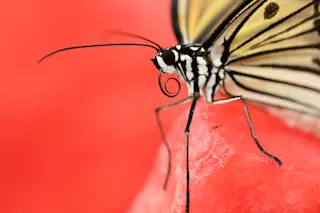Some 34,000 years ago, two boys and a middle-aged man were buried in fantastic style. They were laid to rest wearing over 13,000 mammoth ivory beads, hundreds of perforated fox canine teeth and other adornments. Discovered in the 1960s, at the site of Sungir, Russia, the burials also contained spears, figurines and the hollowed out shaft of a woman’s femur, packed with red ochre. Archaeologists estimate the ivory beads alone would have taken 2500 hours of labor to produce.
We’ll never know what particular beliefs these ancient people held. But such elaborate, time-intensive burials strongly suggest they conceived of an afterlife and spiritual forces. It’s something that we see today in nearly every culture on Earth, and it’s usually tied to religious practices and beliefs. In fact, archaeologists often use graves like these as a rough marker for the emergence of religion in human societies. The evolutionary origins of religion ...














